Kanazawa City Designated Preserved Buildings
Kanazawa City has a system of designated buildings for preservation, which was established in 1982. 39 buildings are currently listed on the Kanazawa City website. One of the first buildings to be designated was the Winn’s House of Hokuriku Gakuin (designated in 1983), which I wrote about in a previous article.
This time, while walking around the Owari-cho area of Kanazawa City, I visited only the exterior of some buildings and would like to introduce them.
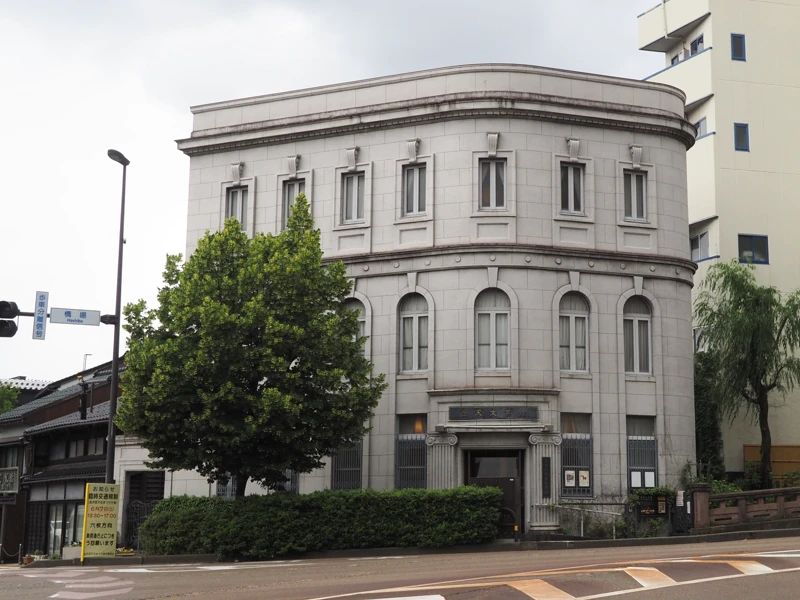
The first photo shows the former Ishikawa Bank Hashiba Branch. It stands beside an intersection about 100 meters south of the Asanogawa-Ohashi Bridge.
It was designated as a preserved building by the city in 1993, and later registered as a tangible cultural property of Japan in 2004.
The name “Ishikawa Bank” is actually the name of the bank when it closed due to bankruptcy. Originally built in 1929 as the Hashiba Branch of Takaoka Bank. The bank merged to become Hokuriku Bank, then it was closed once.
After the World War II, it became the Asanogawa Branch of Kashu Mutual Bank, which later changed its name to Ishikawa Bank.
Both Kanazawa City and the national government named the building “Former Ishikawa Bank, Hashiba Branch,” but I wonder what criteria should be used to name the building as a cultural asset.
I have previously created a pop-up card of this building, the link is..
Pop-up card: Former Hashiba Branch of Takaoka Bank
By the way, I found out in my search to write this article that the catchphrase of (former) Ishikawa Bank was “Visit Ishikawa Bank even if without purpose” ? I think that’s a little bad for a bank.
The building is now used as the Kanazawa Literary Hall.
This photo was taken from the east.
Looking at the building from above, it has an irregular hexagonal shape, with rounded corners on three of its sides.
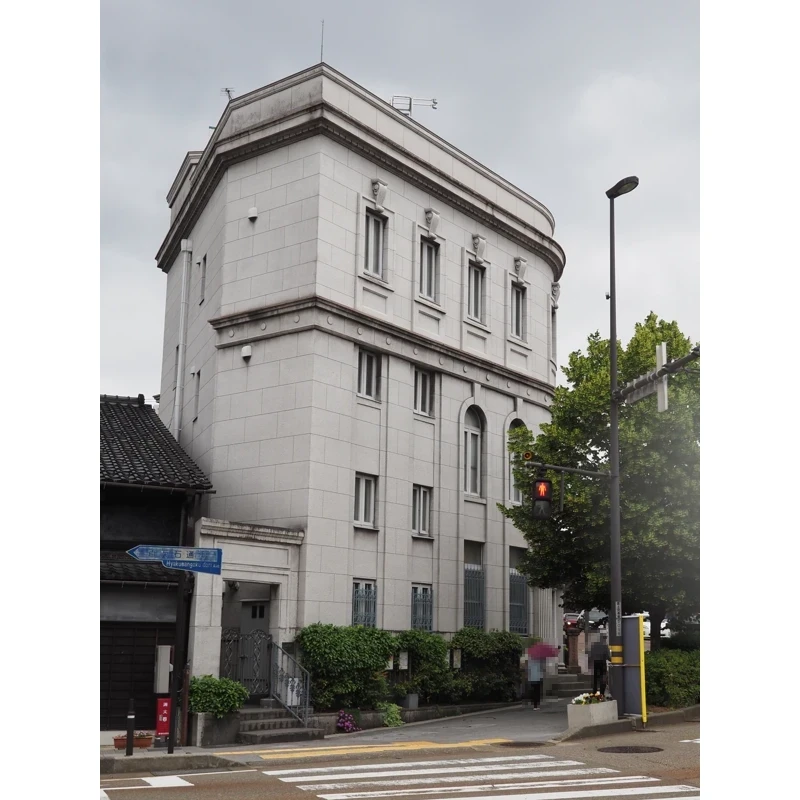
About 60 meters west of here is the former Mita Store, which was designated in 1992. This building was also registered as a national tangible cultural property in 1997.
According to the explanatory board, the building was built in 1930 as the store of an import merchant, Mita Store.
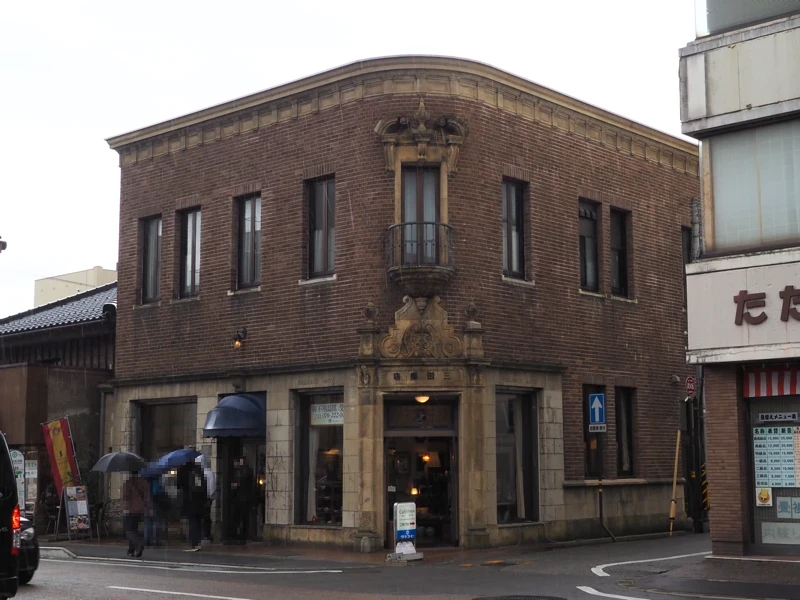
The corner of the building was rounded to create the main entrance.
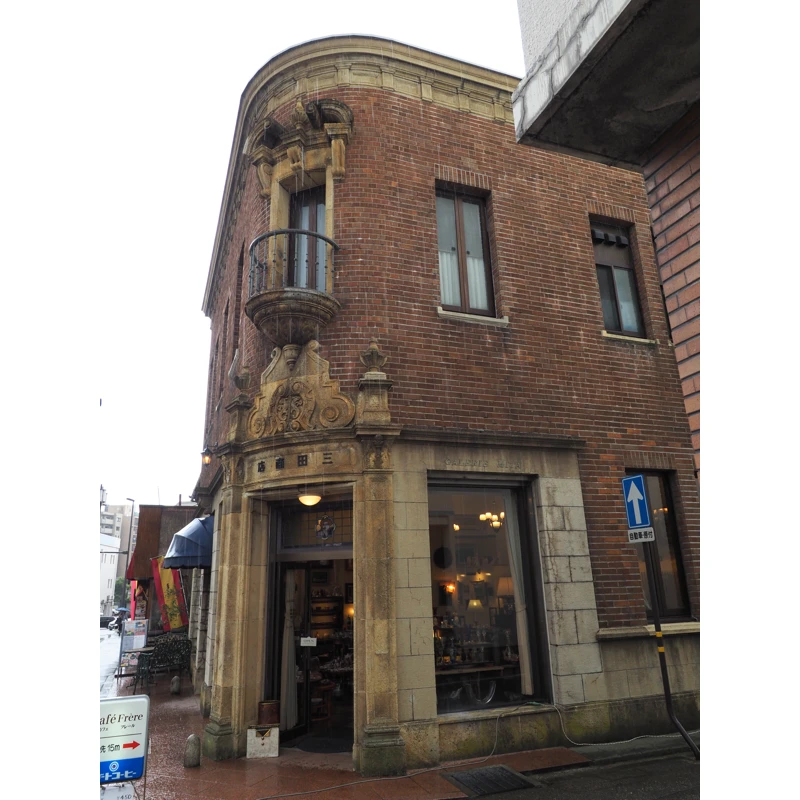
Walking south along the road next to the former Mita Store, this building can be found about 50 meters ahead.
It is the former Muramatsu Store (Muramatsu Trading Company Building), which was designated in 2003.

The building was built in 1928 by a yarn wholesale and retail merchant. This building was also registered as a national tangible cultural property (2004).
It is a three-story reinforced concrete building, and is said to be one of the earlier private buildings in Kanazawa City to be constructed from this material.

Actually, there is a city-designated preserved building, the former Dr. Tagami’s Office, about 100 meters southeast from here, but I missed it due to insufficient preliminary research.
Returning to Route 159, I headed west.
There is former Morichu Store along the road, but I did not check it at all. It is an interesting building with a watchtower on the roof, though it is a Japanese-style building. I am not familiar with Japanese-style architecture, so I tend to overlook it.
Fukuhisaya, Ishiguro Denroku Store, 250m west of the former Mita Store, is another city-designated preserved building, designated in 1993.
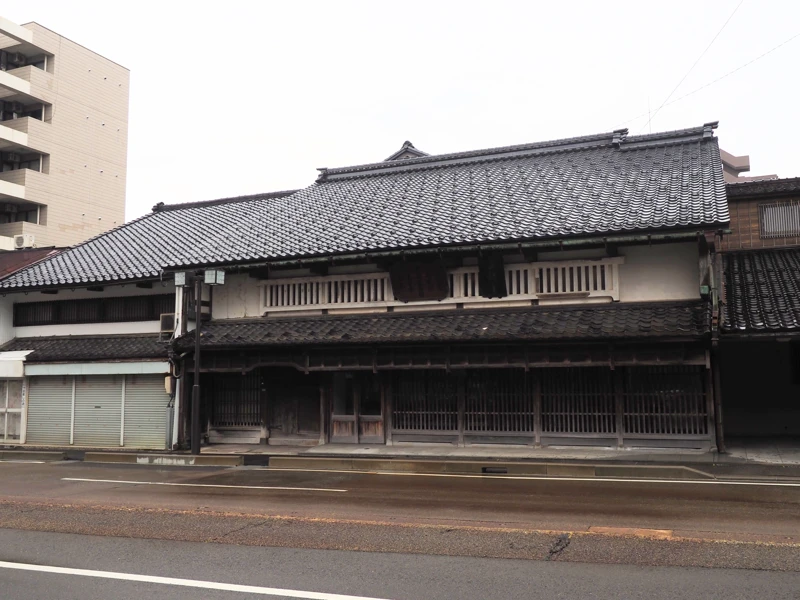
It was built in 1852, making it 173 years old this year.
An article on the Internet mentioned that it was operating as Ishiguro Pharmacy (about 10 years ago), but I could not find out if it is still in business.
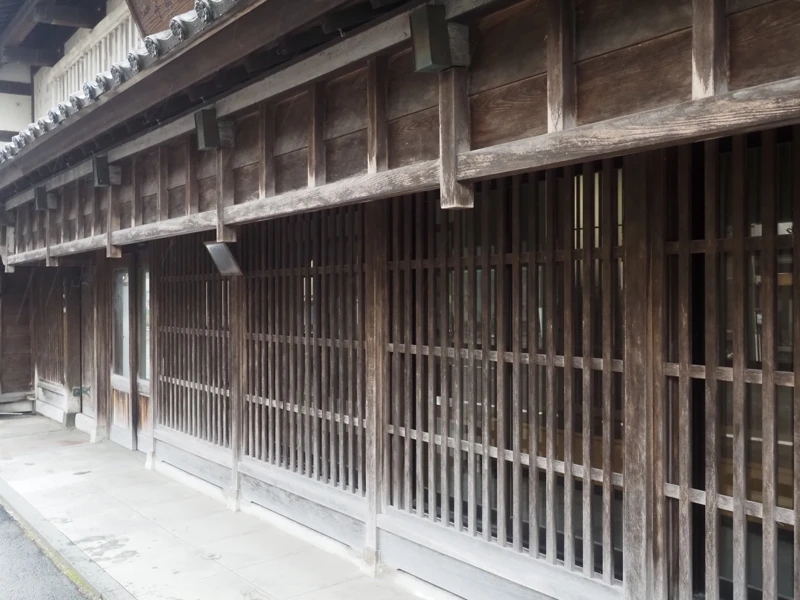
The building next to it is not a city-designated preserved building, but I was curious about it, so I photographed it.
This building is actually the Ishiguro Building, which was built in 1926 by Ishiguro Denroku, the 18th owner of the neighboring Ishiguro Denroku Store. At that time, it was called Ishiguro Pharmacy Headquarters.
The building was designed by Goichi Takeda.
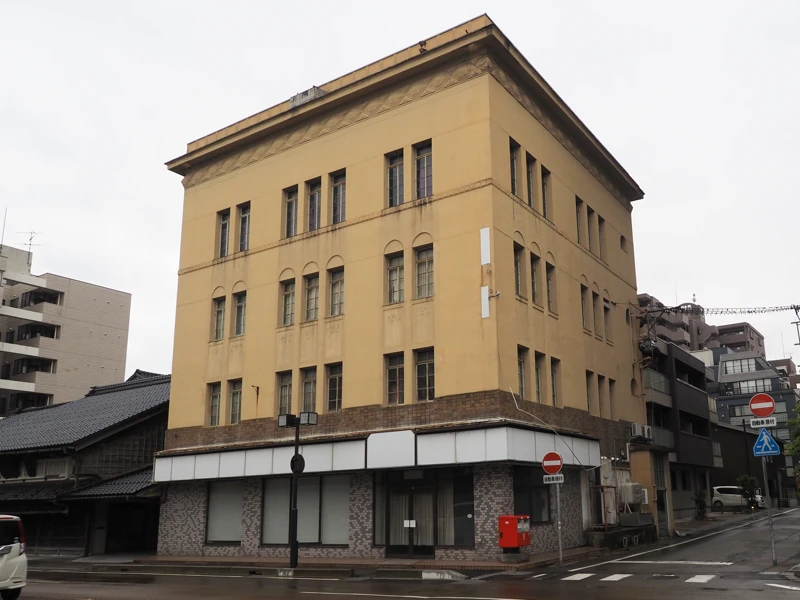
As you can imagine from the photo, a convenience store used to operate on the first floor, but the entire building seems to be vacant now.
This is the end of the article for this time.
The next destination is the nearby Owari-cho Citizens’ Cultural Hall. This building used to be the Kanazawa Savings Bank. This building was designated as a tangible cultural property by Ishikawa Prefecture before the city’s system of preserving buildings was established.
The inside of this building is open to visitors, so we plan to go inside.
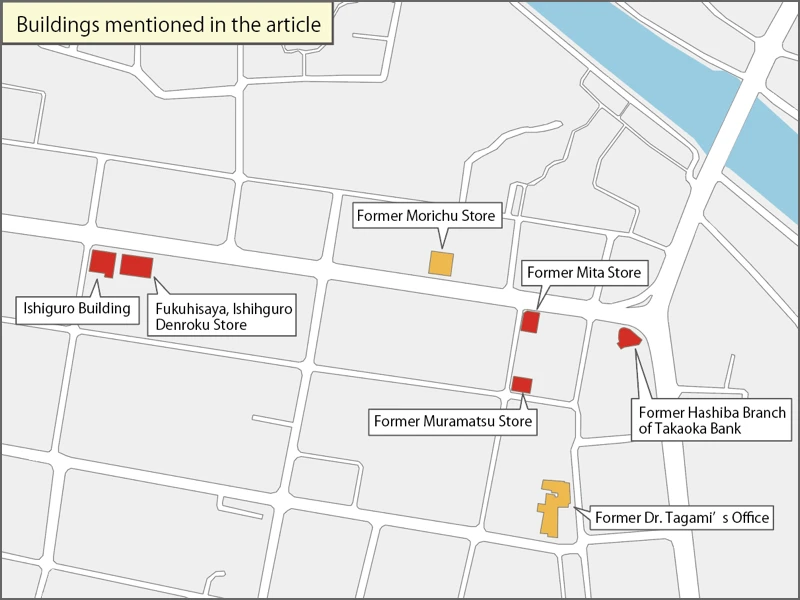
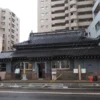
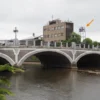
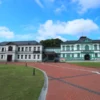

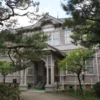
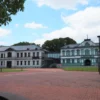
Discussion
New Comments
No comments yet. Be the first one!